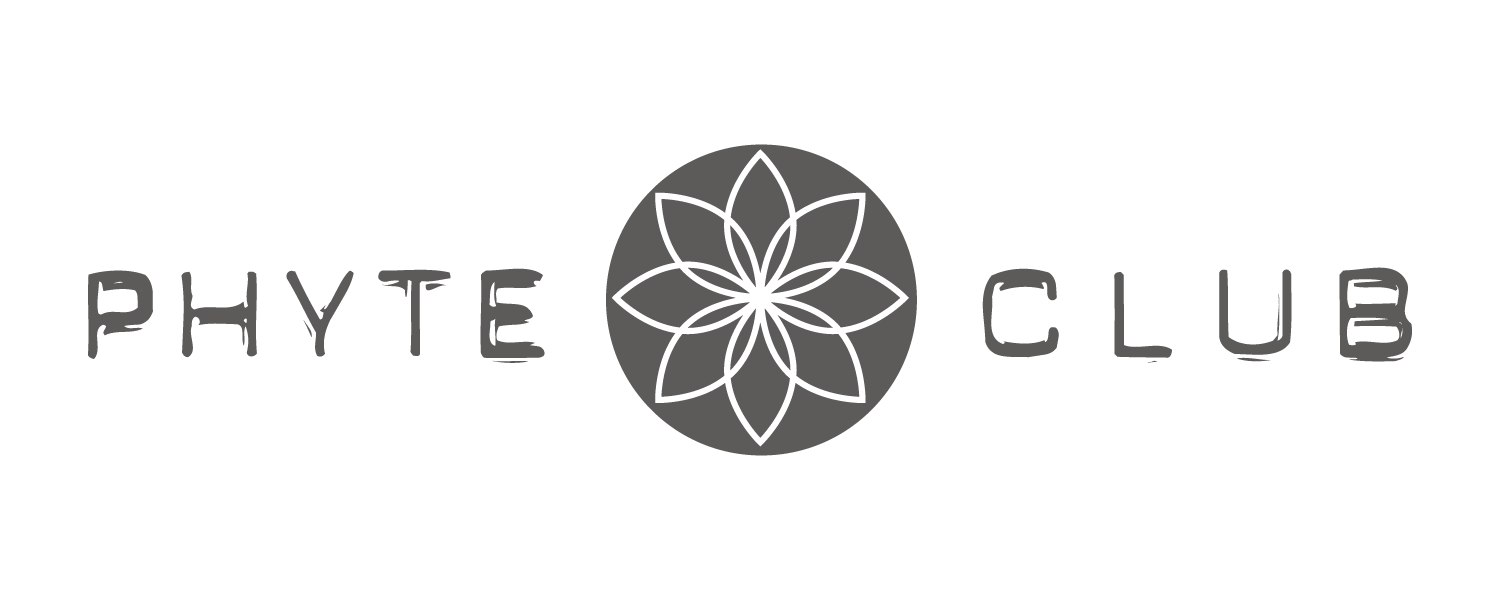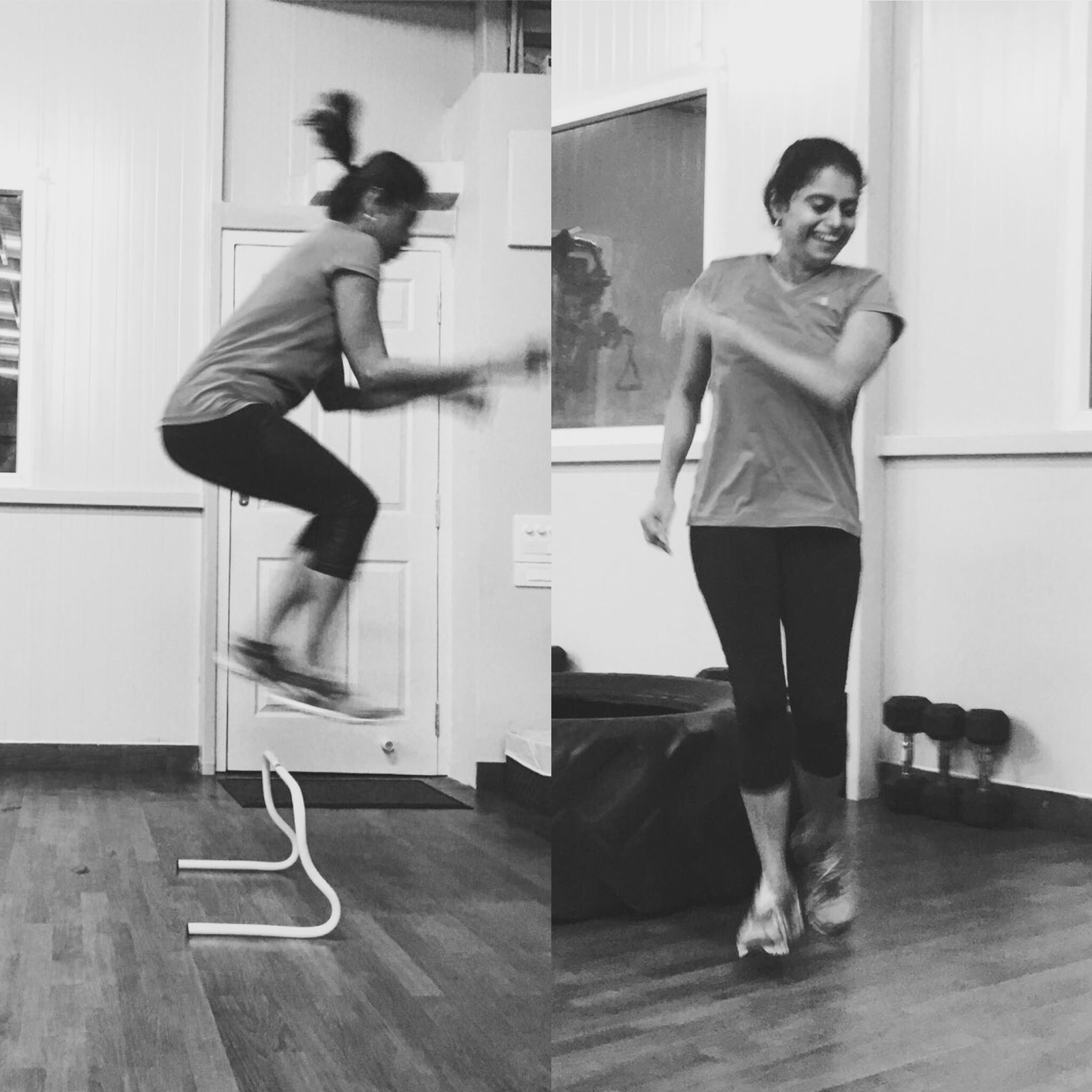Climate Change is a lofty issue prone to policy debates and presidential pronouncements. I, however, am not about that life. I mean I care abstractly about these issues but these were never visceral for me. Then in the beautiful height of Spring in New York, weary of being cooped up like a caged animal all winter I could not stop myself from bounding about the city - I was in heaven until it wasn't. Slammed with a dust allergy I couldn't even touch my face. Re-cooped I became a skinvestigator - what's the deal with pollution? We know it can't be good but what's the whole story?
The facts are not pretty. We’ve been warned enough about suncare - the dangers of sun on the skin - the need to watch the UV index - to reapply sunscreen - to wear hats and sunglasses - done, done, done and done. Forget burning but to not tan. Message received. But there’s this secret danger in pollution that’s not just about bad smells and feeling stuffy - it’s spectacularly bad for the skin and it’s a lurking danger because the weather metrics they have for Air Pollution doesn’t even take into account traffic emissions. Oh electric, driverless cars where are you already? I felt a bit bad for not paying attention to the Paris agreement or all the concern re climate change but when pollution gets between a girl and her sheet mask - then you have my full attention.
Let me break it down for you - the most important job of the skin - which is a vitally important organ is that it is a serious defender of our squishier organs - this is called barrier function. It’s the whole reason that we are able to run around and play in general because the skin is doing its job protecting us. It’s quality of the skin that is vastly underrated when we spend our time primping and prodding it to be soft and pretty when it’s got this serious job to do. Now I don’t want to get all textbookish but there are 3 layers of the skin -
1. The epidermis that is waterproof and forms the skin tone and texture - this is the one we mess around with the most - it’s thinner in places and thicker in others and really is holding the fort. This has melanin that gives us color and what we think the skin is all about.
2. The dermis is the next layer that has hair-follicles and sweat-glands and blood vessels and nerves and actually we do a fair bit with this as well - I’m looking at you laser hair removal. It also releases sebum composed of squalene a natural antioxidant. This is the largest layer of skin and where beauty products can do their best work since it’s more alive than the epidermis.
3. The hypodermis is beneath the dermis and all about muscle and connective tissue - this attaches the skin to rest of your body and is all about muscle - that keeps you strong and fat that keeps you warm and insulated. Given that the balance of muscle and fat is really the whole point of working out - it’s fair to say we care about this layer a fair deal too.
So there you have it 3 layers between us and all the fumy, gloomy madness. Let’s go through all the stuff now that pollution does. I am going to leave out UV radiation since the aging impact of sun has been covered extensively - this is the rest of the stuff. But the way it works is the same - UV exposure raises the level of free radicals in the skin which cause oxidative stress which affects your skin cells’ ability to grow and repair themselves - so you’re stuck with fine lines, spotty skin, saggy or dull skin and wrinkles. The way to combat this is antioxidants - but not just slathered on your epidermis but properly delivered to the dermis but also your diet.
You don’t need a PhD to realize that people living in the country in fresh air age slower than city mice but this is because all the tiny particles released into the air from construction and traffic and power plants gather on your face and form a toxic film that can seep into the dermis (deeper layer) and mess up your skin’s ability to regenerate as well by shortening cells’ telomeres or the ends of DNA strands. The length of your telomeres is helped by meditation by the way - that moment of zen maybe a skincare essential.
Then ozone - not the good ozone in the far ends of the atmosphere that absorbs UV radiation but the one released by all our cars is another chemical pollutants know by the friendly name - smog. Ozone also zips through the epidermis to the dermis and affects the fat membrane of skin cells making them a) less able to do their main barrier job and b) inhibiting any protective antioxidants from coming to the rescue. Ozone is not just about aging though- it causes rashes, hives and other unfunny skin problems. It depletes Vitamin E and reacts with squalene to form comedones that are precursors to acne.
Now it’s not my way to be doomy but aging is not the only concern because hey we have to own our age but everyone can do without acne or more specifically chloracne - caused by halogenated aromatic hydrocarbons - so you’re sitting around diligently avoiding dairy and doing all acne regimen while you could have chloracne - caused by exposure to household irritants like weedkillers, bleaches and their ilk.
So there you have it the big enemies - UV, microscopic particles, ozone, halogenated aromatic hydrocarbons and dangerous housecleaning supplies. The motley crew of unusual suspects - especially the tiny particles that you can’t see but sink into deep layers of the skin. How to defend yourself against pollution - well that's a story for another post and involves a sensible regimen of cleaning, boosting anti-oxidants and soothing the skin and respecting its barrier. For today just know the danger is real.





